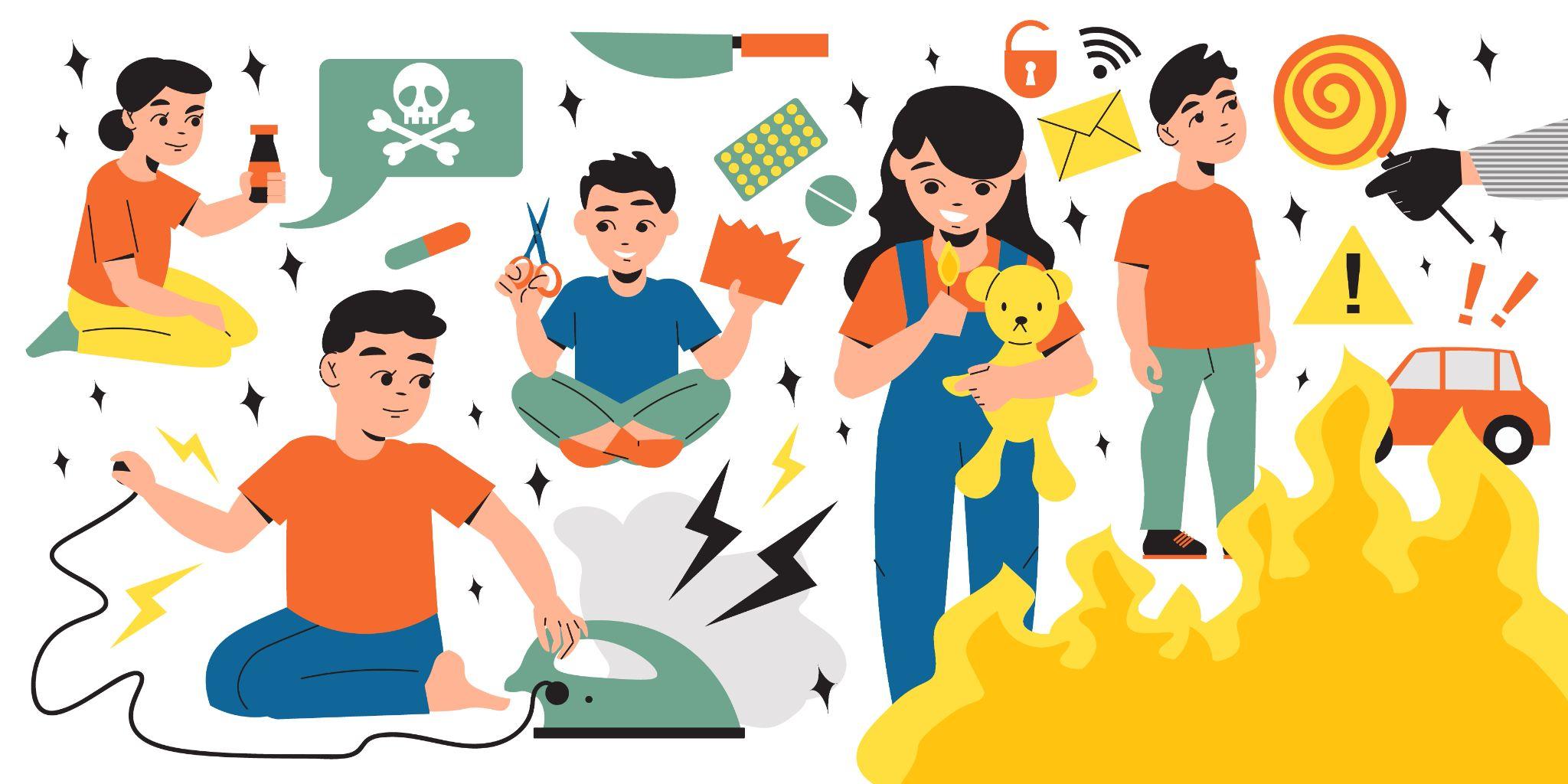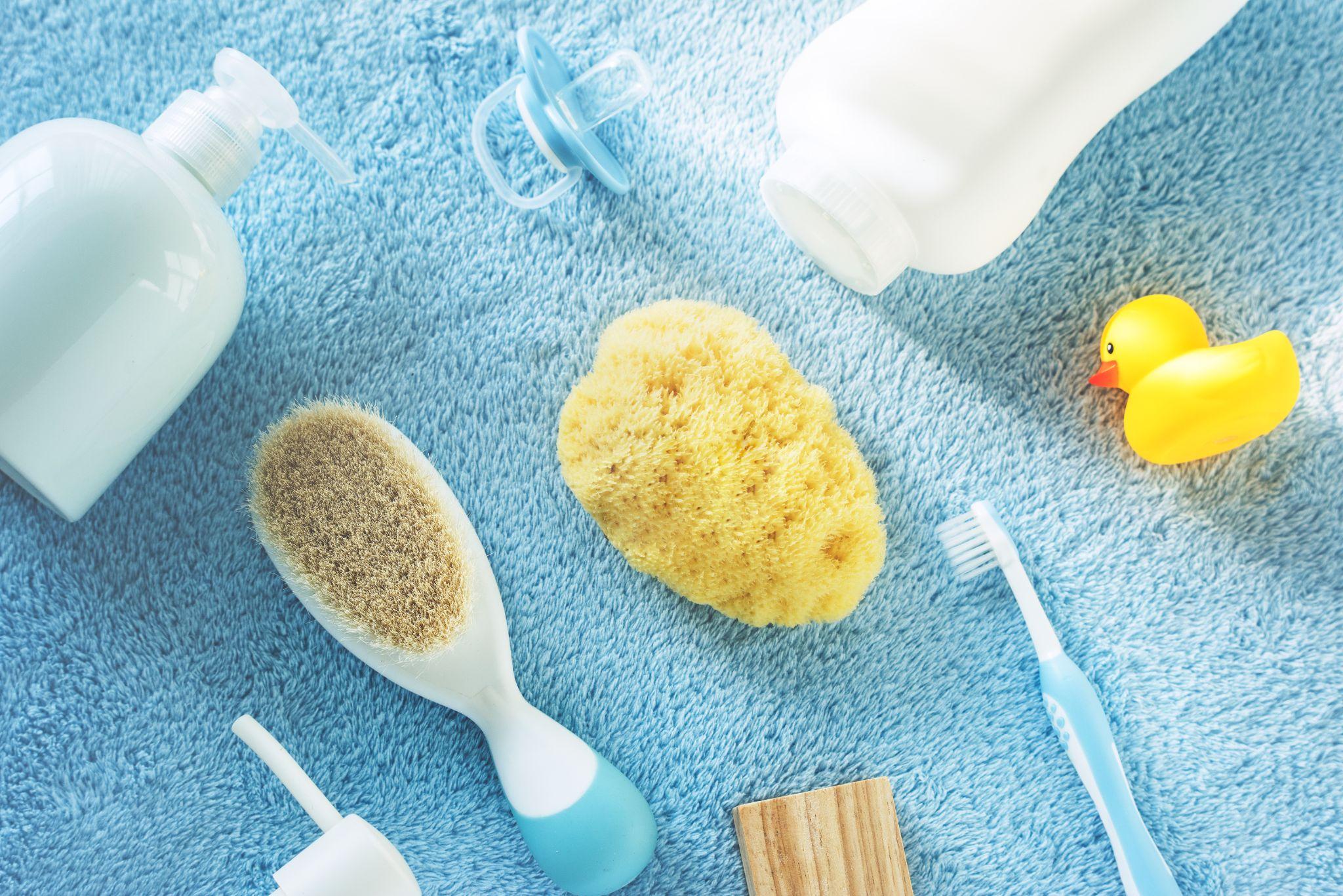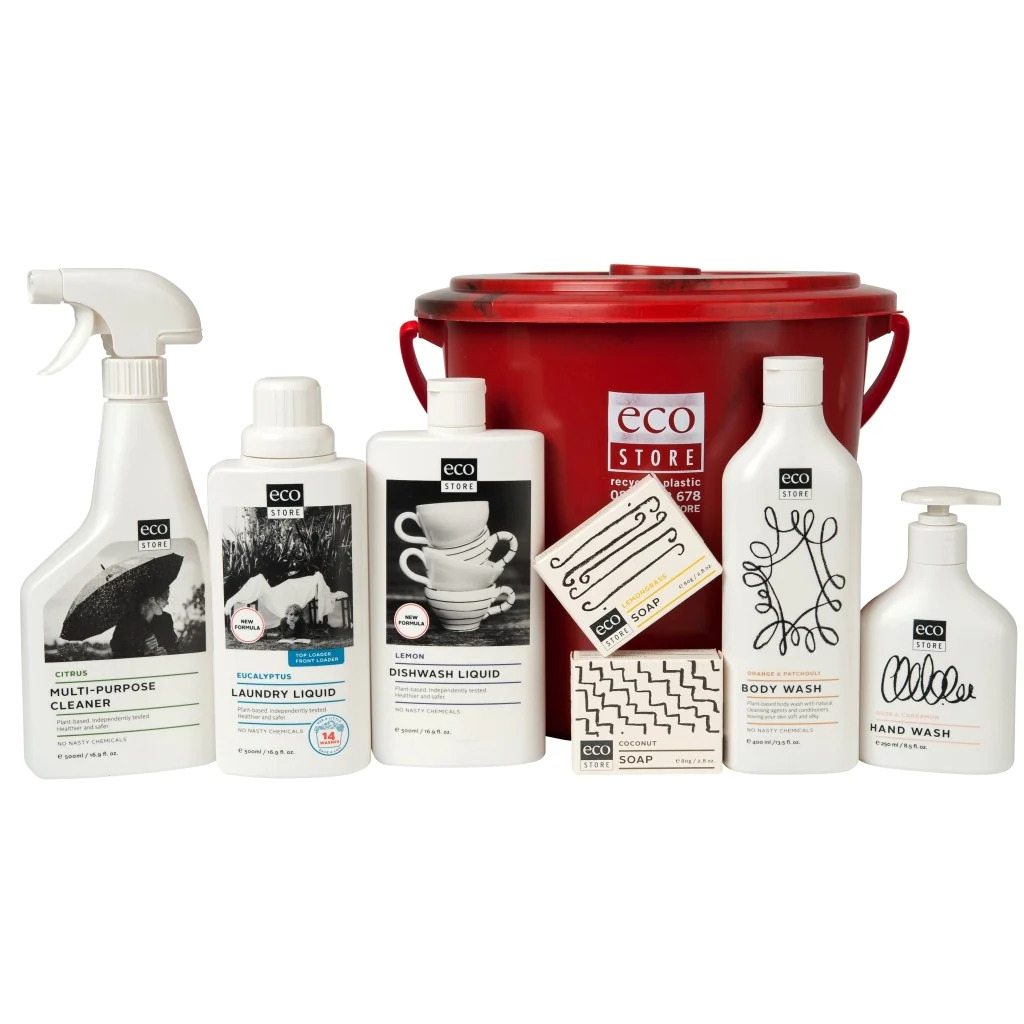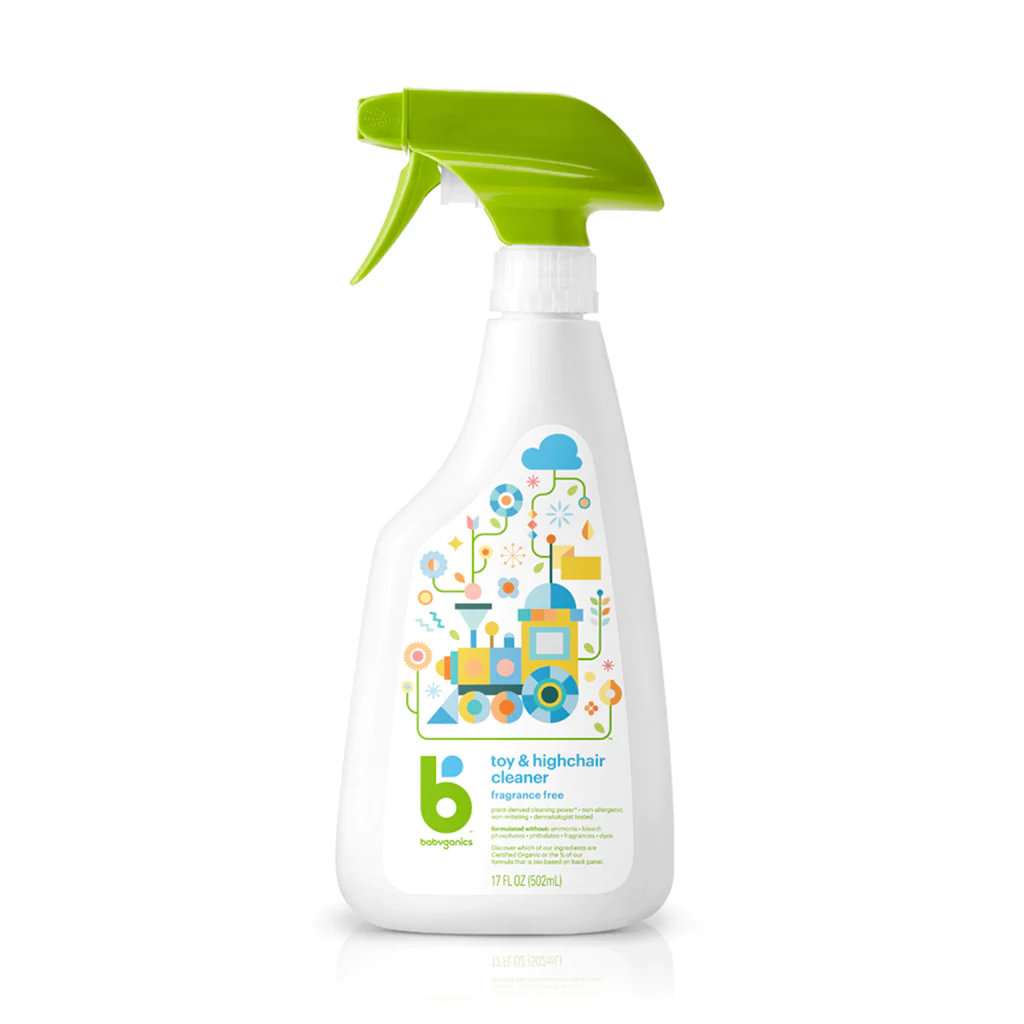Cleanliness and hygiene play a vital role in ensuring the well-being of both parents and children. As new parents, maintaining a clean and child-friendly home becomes even more crucial. However, it’s important to set realistic expectations when it comes to cleanliness with a new baby. Spills, messes, and unexpected challenges are bound to happen, and that’s okay. The key is finding a balance between keeping a clean environment and enjoying the precious moments with your little one.
In this blog post, we will explore essential cleaning tips specifically tailored for new parents. From streamlining your cleaning routine to choosing safe and effective cleaning products, we’ll cover practical strategies to help you maintain a clean and child-friendly home. We’ll also discuss the importance of baby-proofing your space, organizing the nursery, and tackling common messes and stains. Additionally, we’ll explore ways to involve your child in cleaning tasks and share responsibilities with your partner or co-parent.
By implementing these cleaning tips and techniques, you can create a safe, hygienic, and welcoming environment for your growing family. Let’s dive into the details and discover how you can navigate the world of parenting while maintaining a clean and child-friendly home.
Safety First: Childproofing your Home
1. Identifying potential hazards and childproofing solutions
When it comes to maintaining a clean and child-friendly home, ensuring the safety of your little one is of utmost importance. Start by identifying potential hazards in your home and taking proactive measures to childproof them. Consider the following:
- Remove small objects that could pose a choking hazard.
- Keep toxic substances, such as cleaning products, medications, and chemicals, securely stored in locked cabinets or out of reach.
- Put away sharp objects, such as knives, scissors, or tools, in locked drawers or high shelves.
- Cover electrical outlets with childproof covers to prevent accidental electrocution.
- Use cord holders or cord shorteners to keep electrical cords out of your child’s reach.
- Place safety covers on stove knobs and secure oven doors to prevent burns.
- Install window guards or window stops to prevent falls from open windows.
- Use door stops or door holders to avoid pinched fingers.
2. Securing electrical outlets and cords
Electrical outlets and cords can be fascinating for curious little ones. To prevent accidents, secure electrical outlets and cords with childproof covers or outlet plugs. These simple devices create a barrier between your child’s inquisitive fingers and the electrical outlets, reducing the risk of electric shock or injury. Additionally, use cord holders or cord shorteners to keep cords neatly tucked away and out of reach.
3. Installing safety gates and latches
Safety gates and latches are essential for restricting access to certain areas of your home, especially areas that may contain potential dangers. Install safety gates at the top and bottom of staircases to prevent falls. Use gates to block off rooms or areas where cleaning supplies, fragile items, or hazards like cords and outlets are present.
Latches and locks should also be installed on cabinets, drawers, and appliances to prevent your child from accessing harmful substances or getting into potentially dangerous situations.
4. Locking away hazardous substances and sharp objects
As new parents, it’s crucial to store hazardous substances and sharp objects out of your child’s reach. Cleaning products, medications, and chemicals should be securely stored in locked cabinets or high shelves. Be mindful of items like laundry pods, which can be mistaken for toys. Store them in a locked container or high shelf as well. Sharp objects like knives, scissors, or tools should be stored in locked drawers or cabinets, ensuring they are safely out of sight and reach.
5. Securing furniture and heavy items to prevent tipping
Heavy furniture and appliances can pose a tipping hazard for curious toddlers who are starting to explore their surroundings. Anchor bookshelves, dressers, and televisions securely to the wall to prevent tipping accidents. Use furniture straps or brackets to secure these items in place. Avoid placing heavy objects on top of unstable surfaces or shelves within your child’s reach. Regularly check the stability of furniture and ensure that nothing is wobbly or unsteady.
By taking these safety precautions and childproofing measures, you create a secure environment that allows you to focus on maintaining cleanliness and hygiene without compromising your child’s well-being. Remember, cleaning goes hand in hand with safety when it comes to creating a clean and child-friendly home.
Choosing Safe and Effective Cleaning Products In Singapore
Look for Baby-Safe and Eco-Friendly Cleaning Products
When it comes to cleaning your home in Singapore, it’s important to prioritize the safety of your family, especially if you have a baby or young children. Opting for baby-safe and eco-friendly cleaning products ensures that you maintain a clean environment without exposing your loved ones to harmful chemicals. Here are three recommended brands and their benefits:
Seventh Generation: Seventh Generation is a well-known brand that offers a range of environmentally friendly cleaning products. Their products are made with plant-based ingredients, ensuring that they are safe for both your baby and the environment. Seventh Generation’s cleaning solutions are free from synthetic fragrances, dyes, and harsh chemicals, making them an excellent choice for those with sensitive skin or allergies.
Benefits:
- Made with plant-based ingredients
- Free from synthetic fragrances and dyes
- No harsh chemicals
Ecostore: Ecostore is another brand that focuses on creating safe and sustainable cleaning products.
They have a wide range of household cleaners, laundry detergents, and dishwashing liquids. Ecostore’s products are made from plant-based ingredients and are biodegradable, making them a great option for those looking to reduce their environmental impact. Additionally, their packaging is recyclable, further supporting their commitment to sustainability.
Benefits:
- Plant-based ingredients
- Biodegradable and environmentally friendly
- Recyclable packaging
Babyganics: As the name suggests, Babyganics specializes in creating cleaning products specifically designed for babies and children. Their range includes laundry detergents, surface cleaners, and hand sanitizers. Babyganics’ products are made with plant-derived ingredients and are free from harsh chemicals, phthalates, and artificial fragrances. They are also dermatologically tested and proven to be gentle on sensitive skin.
Benefits:
- Specifically formulated for babies and children
- Plant-derived ingredients
- Free from harsh chemicals, phthalates, and artificial fragrances
Read Product Labels and Research Ingredients
When choosing cleaning products, it’s essential to read product labels and research the ingredients listed. Look for products that clearly state their ingredients and avoid those that contain potentially harmful substances such as:
Phthalates: These chemicals are often found in fragrances and have been linked to hormonal disruptions and potential reproductive issues. Avoid products that contain phthalates, especially if you have young children or infants.
Ammonia: Ammonia is a strong irritant and can cause respiratory problems when inhaled. It is commonly found in glass cleaners and some all-purpose cleaners. Opt for ammonia-free alternatives or natural alternatives like vinegar for glass cleaning.
Chlorine Bleach: Chlorine bleach is a powerful disinfectant but can be harmful if not used properly. It releases toxic fumes and can irritate the skin, eyes, and respiratory system. Consider using hydrogen peroxide or oxygen-based bleach as safer alternatives.
By reading product labels and researching the ingredients, you can make informed choices and select cleaning products that are free from potentially harmful chemicals.
Make Your Own DIY Cleaning Solutions Using Non-Toxic Ingredients
If you prefer a more hands-on approach and want to ensure complete control over the ingredients in your cleaning products, you can make your own DIY solutions using non-toxic ingredients. Here are a few simple recipes:
All-Purpose Cleaner
- Mix equal parts water and vinegar.
- Add a few drops of essential oil for a pleasant fragrance (optional).
- Pour the mixture into a spray bottle and use it to clean various surfaces.
Oven Cleaner
- Make a paste by combining baking soda and water.
- Apply the paste to the interior of your oven, avoiding heating elements.
- Let it sit overnight, then scrub and wipe away the residue the next day.
Toilet Bowl Cleaner
- Mix baking soda and vinegar to form a paste.
- Apply the paste to the inside of the toilet bowl and let it sit for a few minutes.
- Scrub the bowl with a toilet brush and flush.
Making your own DIY cleaning solutions allows you to customize the ingredients according to your preferences and ensures that you are using non-toxic substances in your home.
Store Cleaning Products Securely, Out of Reach of Children
Lastly, it’s crucial to store your cleaning products securely and out of reach of children. Even if you opt for safe and eco-friendly products, they should still be stored in a safe manner to prevent accidental ingestion or exposure. Consider the following tips:
- Use childproof locks or latches on cabinets where cleaning products are stored.
- Keep cleaning products in their original containers with clearly labeled instructions and warnings.
- Store cleaning products in a high, locked cabinet or in a separate area away from food and drinks.
- Keep cleaning products away from heat sources or direct sunlight, as this can affect their stability.
- Dispose of expired or unused cleaning products properly according to local regulations.
By following these safety measures, you can minimize the risk of accidents and ensure the well-being of your family, especially young children.
Establishing Daily Cleaning Routines
A. Quick and efficient cleaning habits for busy parents As busy parents, finding time for cleaning can be challenging. Incorporate quick and efficient cleaning habits into your daily routine to stay on top of tasks without feeling overwhelmed. Consider the following tips:
- Clean as you go: Tackle small cleaning tasks immediately, such as wiping spills or putting away toys, rather than letting them accumulate.
- Use multipurpose cleaning tools: Opt for versatile cleaning tools that can tackle multiple surfaces, such as microfiber cloths or all-purpose cleaners.
- Divide and conquer: Break down cleaning tasks into manageable chunks, focusing on one area or room at a time.
- Set a timer: Allocate specific time intervals for cleaning tasks to stay focused and avoid spending excessive time on a single chore.
- Prioritize tasks: Identify the most important cleaning tasks for the day and tackle those first, leaving less critical tasks for later.
Creating a cleaning schedule or checklist
A cleaning schedule or checklist can be a game-changer in maintaining a clean and organized home. Start by identifying the cleaning tasks that need to be done on a daily, weekly, and monthly basis. Create a schedule or checklist that suits your family’s needs and preferences. Be realistic with your expectations and ensure that the tasks are manageable within your available time and energy. Adjust the schedule as needed, considering your family’s routine and any special circumstances.
Incorporating cleaning tasks into daily routines Integrating cleaning tasks into your daily routines can help make them feel more manageable and less overwhelming.
CleanLAD has created a simple cleaning routine checklist to make it easier to start a cleaning routine with.
Consider incorporating small cleaning tasks into existing daily habits, such as:
- Wiping down kitchen surfaces and appliances while preparing meals or cleaning up after dinner.
- Quickly tidying up living areas before bedtime, such as folding blankets or organizing pillows.
- Doing a load of laundry each morning or evening to stay on top of clothes and linens.
- Taking a few minutes each day to declutter and put away items that are out of place.
Prioritizing high-traffic areas and frequently touched surfaces.
Focus your cleaning efforts on high-traffic areas and frequently touched surfaces to maintain cleanliness and hygiene. These areas often accumulate more dirt, germs, and messes. Prioritize cleaning and disinfecting the following:
- Entryways and mudrooms
- Kitchen countertops and appliances
- Bathroom surfaces, including sinks, faucets, and toilet handles
- Doorknobs, light switches, and remote controls
- Children’s play areas and toys
Involving children in age-appropriate cleaning activities.
Engaging children in age-appropriate cleaning activities not only helps lighten your load but also teaches them important life skills and responsibilities. Consider assigning simple tasks to your children, such as:
- Putting away toys after playtime
- Wiping down surfaces with a damp cloth
- Sorting laundry or folding clothes (based on their age and ability)
- Helping with setting the table or clearing dishes after meals
- Assisting with watering plants or tidying up the yard (if applicable)
Remember to make cleaning activities fun and age-appropriate, offering praise and encouragement for their efforts. It not only promotes a sense of responsibility but also creates opportunities for bonding and quality time together as a family.
Seek Support and Share Responsibilities
Being a new parent can be overwhelming, with the responsibility of caring for a child and maintaining a clean and child-friendly home. However, you don’t have to do it all alone. Seeking support and sharing responsibilities can help lighten the load and make the cleaning process more manageable.
Here are some strategies to consider:
1. Communicate with your partner or co-parent about cleaning expectations: Open and honest communication is key when it comes to dividing household chores. Sit down with your partner or co-parent and discuss your expectations regarding cleanliness and the division of cleaning tasks. Each person may have different strengths and preferences, so finding a balance that works for both of you is essential. By setting clear expectations, you can avoid misunderstandings and resentment.
2. Divide cleaning tasks and share responsibilities: Once you’ve communicated your expectations, divide the cleaning tasks and share the responsibilities. Create a list of tasks that need to be done regularly, such as vacuuming, dusting, laundry, and washing dishes. Assign each task to either yourself or your partner based on your availability, skills, and preferences. Remember, sharing the responsibilities ensures that no one feels overwhelmed or burdened with an unfair share of the work.
3. Consider hiring a cleaning service for deep cleaning periodically: While sharing responsibilities is important, it’s also essential to acknowledge that time can be limited when taking care of a child. Consider hiring a cleaning service for deep cleaning tasks that require more time and effort, such as carpet cleaning or thorough kitchen and bathroom cleaning. By outsourcing these tasks, you can free up time to focus on your child and other essential aspects of parenting.
4. Join parenting communities or groups to exchange tips and support: Connecting with other parents who are going through similar experiences can provide a valuable source of support and inspiration. Join parenting communities or groups such as reddit, either online or in your local area, where you can exchange cleaning tips and strategies with fellow parents. These communities often offer a wealth of knowledge and can help you discover new techniques to keep your home clean and child-friendly.
5. Remember to take breaks and prioritize self-care: Amidst the busyness of parenting and cleaning, it’s crucial to take breaks and prioritize self-care. Parenting can be exhausting, both physically and emotionally, so make sure to schedule regular breaks for yourself. Use this time to relax, engage in activities that recharge you, or simply do something you enjoy. Taking care of your well-being will not only benefit you but also enable you to approach cleaning tasks with renewed energy and a positive mindset.
By seeking support and sharing responsibilities, you can create a harmonious balance between parenting and maintaining a clean and child-friendly home. Remember, it’s okay to ask for help and prioritize your own well-being along the way.
Tackle Common Messes and Stains
As a new parent, you’re likely to encounter a variety of messes and stains that come with taking care of your little one. It’s essential to know how to tackle these common mishaps to maintain a clean and child-friendly home. Here are some effective tips for dealing with different types of messes and stains:
1. Deal with spit-up and milk stains on mattresses and upholstery: Spit-up and milk stains are common occurrences when you have a baby. To address these stains on mattresses and upholstery, start by gently blotting the affected area with a clean cloth or paper towel to remove any excess liquid. Then, mix a solution of equal parts water and mild dish soap. Dab the stain with this solution using a clean cloth, working from the outside in to prevent spreading. Continue blotting until the stain is lifted. Finally, rinse the area with a clean, damp cloth and allow it to air dry.
2. Clean food spills and crumbs from high chairs and eating areas: Food spills and crumbs can quickly accumulate around high chairs and eating areas. To clean these areas effectively, start by removing any large food particles. Then, wipe down the surface with a damp cloth or sponge and a mild dish soap solution. Pay close attention to the crevices and corners where food debris tends to hide. Rinse the cloth or sponge frequently to avoid spreading the mess further. Finish by wiping the area with a clean, damp cloth to remove any soap residue and allow it to air dry.
3. Address diaper blowouts and accidents on carpets or rugs: Diaper blowouts and accidents happen, and they can leave unpleasant stains on carpets or rugs. To tackle these stains, start by scooping up any solid waste using a disposable glove or a plastic bag. Blot the area with a clean cloth or paper towel to absorb as much liquid as possible. Then, prepare a mixture of warm water and mild carpet cleaner or dish soap. Apply the solution to the stain using a clean cloth or sponge, gently blotting from the outside in. Rinse the cloth or sponge frequently and continue blotting until the stain is removed. Rinse the area with clean water, blot dry, and allow it to air dry.
4. Remove crayon marks and art messes from walls or furniture: Children’s creativity sometimes leads to crayon marks and art messes on walls or furniture. To remove crayon marks, apply a small amount of non-gel toothpaste or baking soda mixed with water to the affected area. Gently scrub the mark using a soft-bristle toothbrush or sponge. Wipe away the residue with a clean cloth and rinse the area with water. For art messes, use a mild dish soap solution and a clean cloth to gently wipe away the marks. Rinse the cloth frequently and continue until the mess is cleaned. Remember to spot test any cleaning solution in an inconspicuous area before applying it to the entire surface.
5. Be prepared for pet accidents if you have pets at home: If you have pets at home, it’s important to be prepared for pet accidents. Keep pet stain and odor removers specifically designed for carpets, upholstery, and hard surfaces handy. As soon as an accident occurs, blot up any liquid with a clean cloth or paper towel. Follow the instructions on the pet stain and odor remover, applying it to the affected area and allowing it to sit for the recommended amount of time. Blot the area again to remove the stain and odor, and allow it to air dry.
6: Hire a professional sofa and mattress cleaning service if self-cleaning does not help: Despite your best efforts, some stains on sofas and mattresses may be stubborn and require professional attention. If your self-cleaning attempts are not successful, consider hiring a professional sofa cleaning service and mattress cleaning service. These professionals have the expertise and specialized equipment to effectively remove deep-set stains and odors. Research reputable cleaning services in your area and schedule an appointment for a thorough and professional cleaning. By entrusting the task to professionals, you can ensure that your sofas and mattresses are thoroughly cleaned, sanitized, and restored to their optimal condition.
Tackling common messes and stains is an inevitable part of parenthood. By following these tips and techniques, you can effectively address spit-up and milk stains, food spills and crumbs, diaper blowouts, crayon marks, and pet accidents. Remember to act quickly, use appropriate cleaning solutions, and be gentle when treating surfaces. With a proactive approach and a little know-how, you can maintain a clean and child-friendly home, ensuring a healthy and comfortable environment for both you and your little one.
Conclusion:
We also explored strategies for establishing daily cleaning routines, such as incorporating quick and efficient cleaning habits into your daily routine, creating a cleaning schedule or checklist, and involving children in age-appropriate cleaning activities. Additionally, we provided tips for choosing safe and effective cleaning products in Singapore, including looking for baby-safe and eco-friendly brands, avoiding harsh chemicals, reading product labels and researching ingredients, making your own DIY cleaning solutions, and storing cleaning products securely and out of reach of children.
Lastly, we discussed the importance of seeking support and sharing responsibilities as a new parent. We emphasized the need for open communication with your partner or co-parent, dividing cleaning tasks and sharing responsibilities, considering hiring a cleaning service for deep cleaning periodically, and joining parenting communities or groups for tips and support.
By implementing these cleaning tips and techniques, you can create a safe, hygienic, and welcoming environment for your growing family. Remember to be patient with yourself and embrace the precious moments with your little one, even when spills and messes happen.









